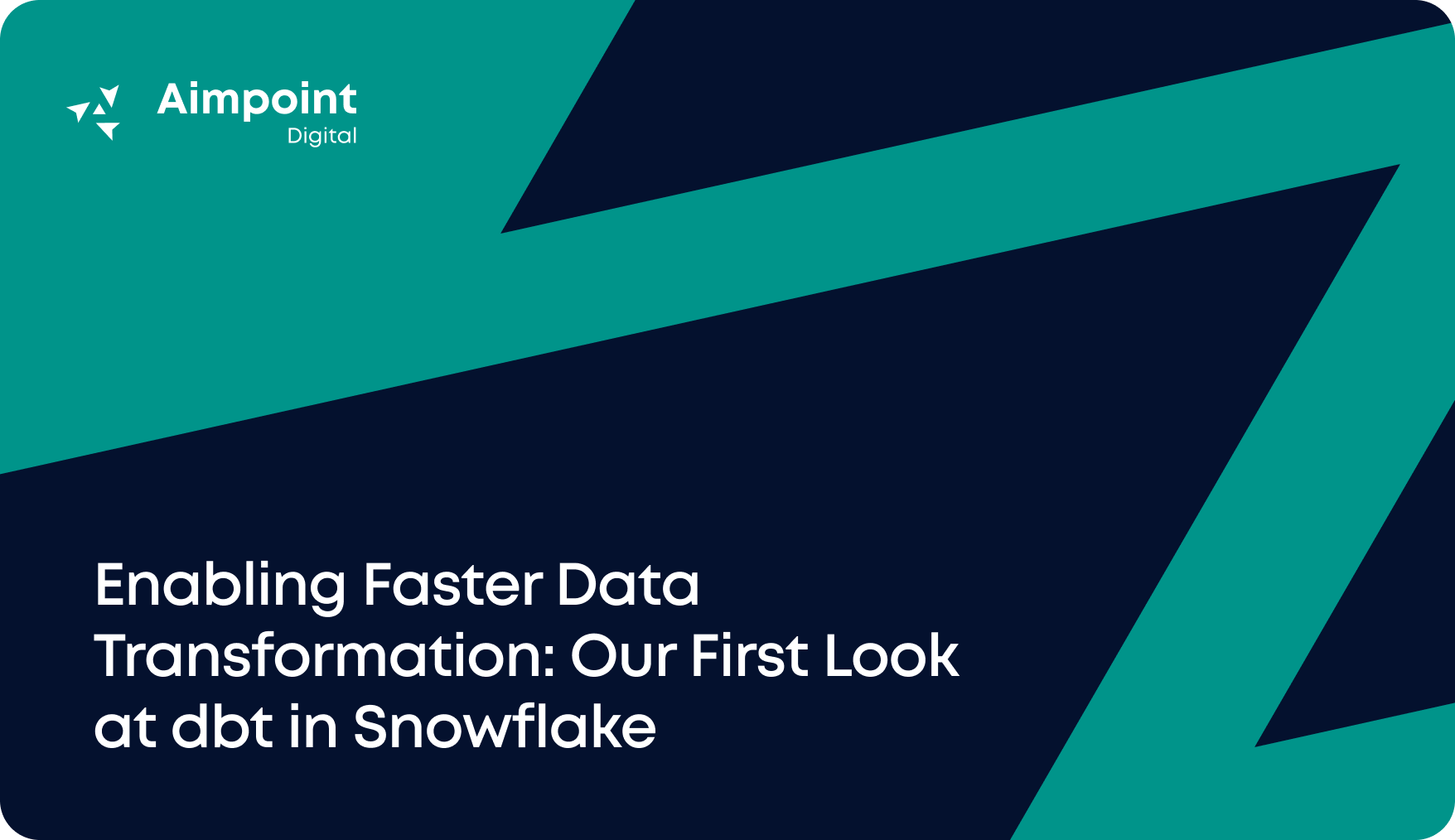
Data Engineering & Infrastructure

In today’s data-driven world, businesses need to analyze vast amounts of data quickly and efficiently to realize the potential of their data to stay ahead of the curve. Creating a unified analytics platform using Databricks is the perfect solution to achieve this goal. This platform can help businesses to accelerate innovation by unifying data science, engineering, and business operations.
Throughout this article, we will define what is a unified analytics platform, discuss why it is essential for enabling a seamless analytics experience across all businesses, and explore how to build a unified analytics platform with Databricks by leveraging its key features, including Delta Live Tables, Unity Catalog, Workflow, Auto Loader, and Delta Sharing.

A unified analytics platform is a centralized location typically built with a modern tech stack to allow businesses to examine data from various sources and perform all data-related tasks, such as data ingestion, processing, analysis, and visualization. It aims to give businesses a complete view of their data to make better decisions.
Businesses in the financial, logistics, healthcare, retail, and manufacturing sectors may benefit from a unified analytics platform. These industries produce enormous amounts of data every hour, or even every second, which makes it very difficult for organizations to analyze the data effectively and efficiently to gain valuable insight and make informed decisions.
A unified analytics platform can offer the following benefits and advantages to the business:
Data processing is complex and time-consuming, but you can simplify a unified analytics platform, which establishes a single, integrated environment with tools and components to handle data import, data preparation, data exploration, and data transformation tasks within a single interface.
With a unified analytics platform, teams with different roles, including data engineers, data scientists, and business analysts, can work more productively together and easily share their code, notebooks, and insights. This encourages knowledge exchange, speeds up invention, and raises production.
The unified analytics platform can handle challenging analytics and data processing tasks.
Users can now process and analyze massive datasets concurrently across a cluster of computers thanks to the rapid development of distributed computing technologies and tools like Apache Spark, Columnar Storage Format, and Advanced Query Optimization. The scalability ensures that analytics workloads can manage to expand data volumes and successfully execute computations, resulting in quicker insights and increased performance.
The support for advanced analytics methods, such as machine learning and deep learning, is frequently included in unified analytics platforms. They provide frameworks, libraries, and tools for creating, honing, and deploying machine learning models. This gives data scientists the tools to conduct complex research, create prognostication models, and gain insightful knowledge from data.
In many firms, the owners of the data products and the business stakeholders often need to pay more attention to the importance of data management and data governance. Even if they are aware, companies may still need help implementing effective data management and governance strategies due to their difficulty and complexity. But to ensure data security, compliance, and quality, management and administration of data assets are crucial.
A unified analytics platform may provide centralized administration tools that let administrators control user access, enforce security policies, and monitor usage. It also makes data governance easier by simplifying data lineage tracking, metadata management, and auditing.
Databricks aims to become a complete data solution for businesses, and it provides a comprehensive set of features and functionalities you can use to build out a unified analytics platform to offer the benefits described previously.
The diagram below shows the structure of a typical modern unified analytics platform. It usually contains the following layers, and within each layer, Databricks can handle the task with its features highlighted in green:

IoT sensors and devices may generate raw data in various places, such as application databases, SaaS platforms, and flat files.
You can use Data ingestion tools to centralize raw data into a Data Lakehouse. The Auto Loader feature of Databricks is a scalable solution to automatically ingest data from various cloud storage locations, including AWS S3, Azure Blob, and GCP Storage. Besides, Databricks has integrated with many open-source Connectors to make it simple for developers to connect to your Databricks anywhere.
Once loaded from the source, you can store data in a Data Lakehouse for further processing/transformation. Data Lakehouse combines the best features of data lakes and data warehouses to address the limitations and challenges associated with traditional data architectures by providing a unified and flexible approach to data storage, processing, and analytics.
You can also develop Data pipelines to convert and modify raw data all the way to structure and usable data models (Landing -> Standardized -> Curated).
You can use a group of services to turn data into insights:
Policies and procedures need to be applied and followed to manage and control the quality, availability, integrity, security, and privacy of the data within an organization.
Data Lakehouse with cleaned and validated data should serve as the single source of truth for any downstream data consumption and sharing.
A unified analytics platform is essential for businesses to gain real-time insights from the data to support the decision-making process. With all the key features, Databricks is a powerful tool for building the platform, eventually helping businesses obtain a complete view of their data and stay ahead of the competition.
If you want to learn more about Databricks and how it can help your business, please reach out to us.
Whether you need advanced AI solutions, strategic data expertise, or tailored insights, our team is here to help.